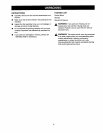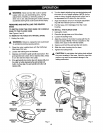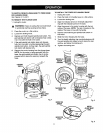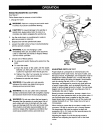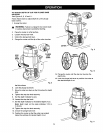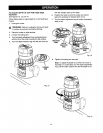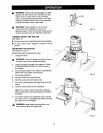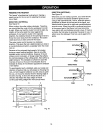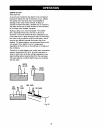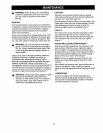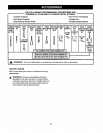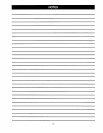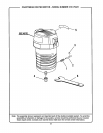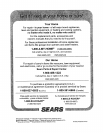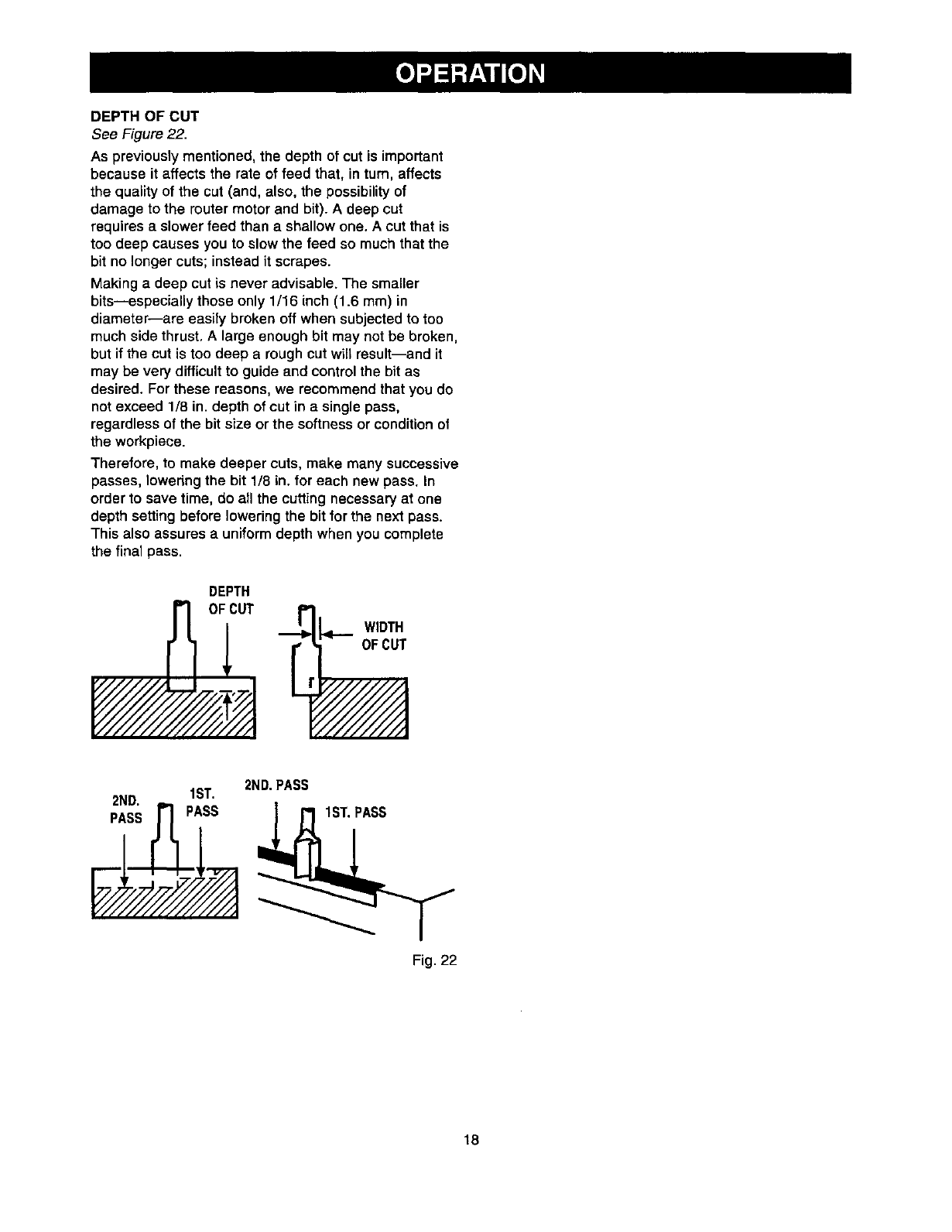
DEPTH OF CUT
See Figure 22.
As previously mentioned, the depth of cut is important
because it affects the rate of feed that, in turn, affects
the quality of the cut (and, also, the possibility of
damage to the router motor and bit). A deep cut
requires a slower feed than a shallow one. A cut that is
too deep causes you to slow the feed so much that the
bit no longer cuts; instead it scrapes.
Making a deep cut is never advisable. The smaller
bits---especially those only 1/16 inch (1.6 mm) in
diameter--are easily broken off when subjected to too
much side thrust. A large enough bit may not be broken,
but if the cut is too deep a rough cut will result--and it
may be very difficult to guide and control the bit as
desired. For these reasons, we recommend that you do
not exceed 1/8 in. depth of cut in a single pass,
regardless of the bit size or the softness or condition of
the workpiece.
Therefore, to make deeper cuts, make many successive
passes, Iowedng the bit 1/8 in. for each new pass. In
order to save time, do all the cutting necessary at one
depth setting before lowering the bit for the next pass.
This also assures a uniform depth when you complete
the final pass.
DEPTH
OF CUT
WIDTH
OFCUT
2ND,
PASS
1ST.
PASS
2ND. PASS
Fig. 22
18



